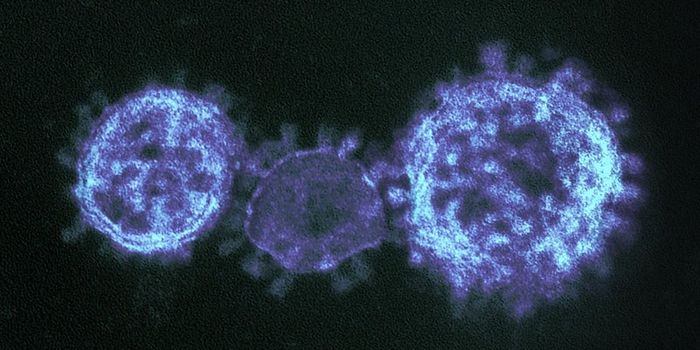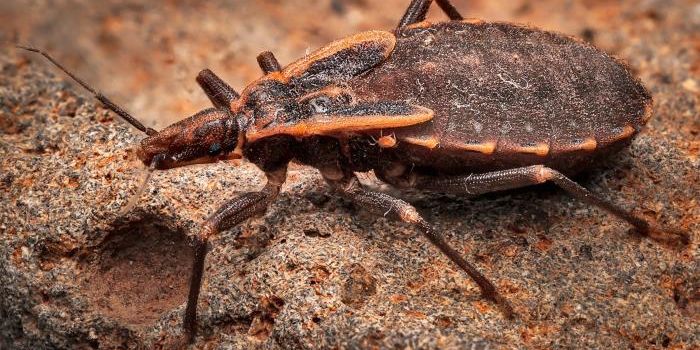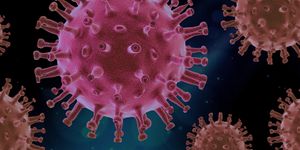Researchers Find a Lyme Disease Diagnostic & Treatment Target
Ticks that carry Lyme disease can be found in more and more places. If a tick is infected with the bacterium that causes Lyme disease, Borrelia burgdorferi, and it latches on to a human and remains unnoticed, the pathogenic bacterium could move into the human host after about a day. Researchers are learning more about B. burgdorferi, and these findings could improve diagnostic tests for Lyme disease.
New work reported in Nature Microbiology has shown that the peptidoglycan shell that coats B. burgdorferi is very unusual; it carries a sugar molecule with a chemical modification that is not typically seen in other organisms. This sugar modification is derived from a carbohydrate called chitin that's found in ticks, but not humans, and this modification seems to improve the ability of the pathogenic bacterium to move around and cause disease.
"We believe this change is critical to how the bacterium causes disease and is something that we can exploit for both therapeutic and diagnostic purposes," said study leader Brandon Jutras, an assistant professor of Biochemistry in the College of Agriculture and Life Sciences.
B. burgdorferi can migrate by using a flagellum that acts like a kind of propeller. It cranks against the peptidoglycan sac, and propels the microbe forward. This way, the pathogen can penetrate muscle tissue or even cartilage without trouble. The sugar modification gives the peptidoglycan sac flexibility, and the ability to withstand the pressure of that movement.
"The material is much more flexible and elastic in the sense that allows them to propel themselves," Jutras said. "If they don't have that modification, the material comes much stiffer, and the ability to move is impaired."
Jutras wants to know more about how B. burgdorferi makes the modification in humans. Ticks carry the chitin molecule in abundance, and a molecule that is derived from chitin, chitobiose, generates the modification. But the bacterium also has another way to make it.
"There's minimal to no chitin in a human. When we impair the bacterium's ability to suck up chitobiose, they still have this modification. There's just much less of it," Jutras explained. The Jutras lab is already working on figuring out how the bacterium does it.
This research may help explain how B. burgdorferi can stick around in patients and cause arthritis; the human body can't process B. burgdorferi's peptidoglycan, which is unlike that of most other microbes.
The unique nature of the peptidoglycan can also be exploited for diagnostic purposes, and a simple, rapid Lyme disease test based on this molecule may one day be available.
Sources: Virginia Tech, Nature Microbiology









